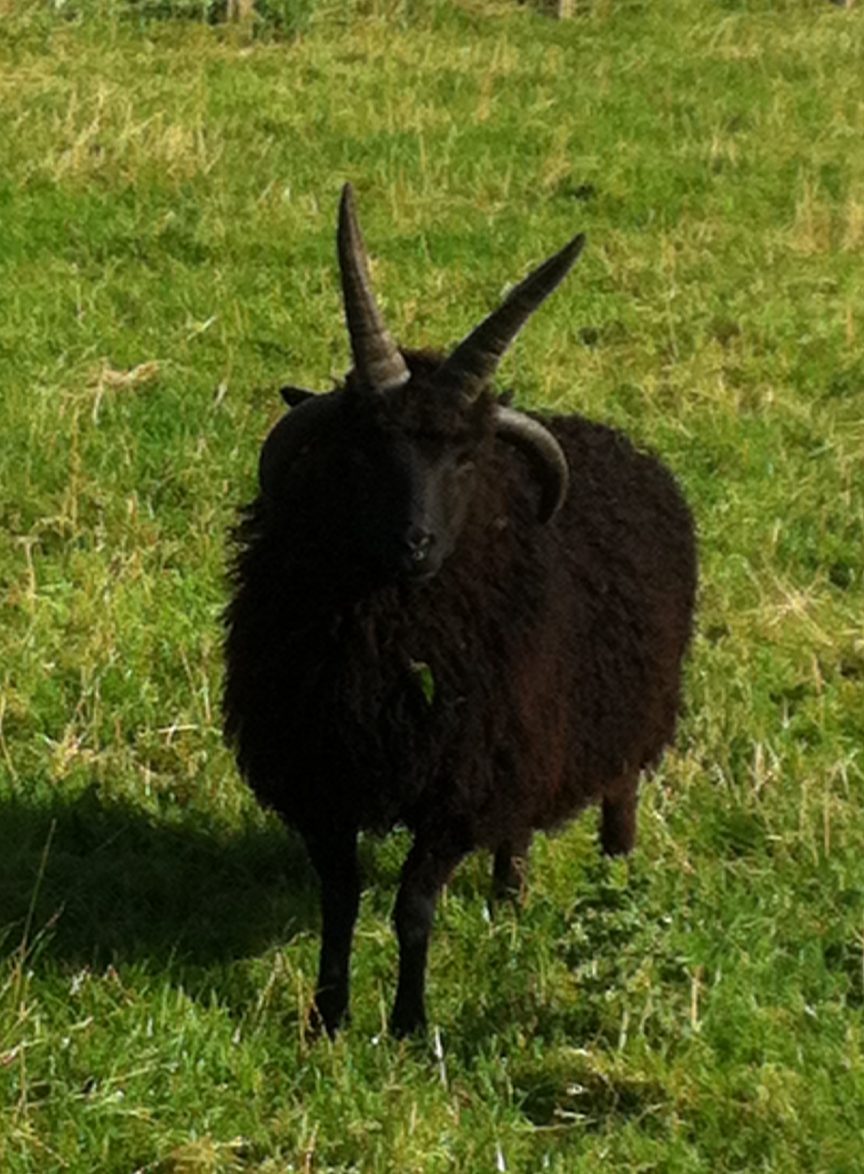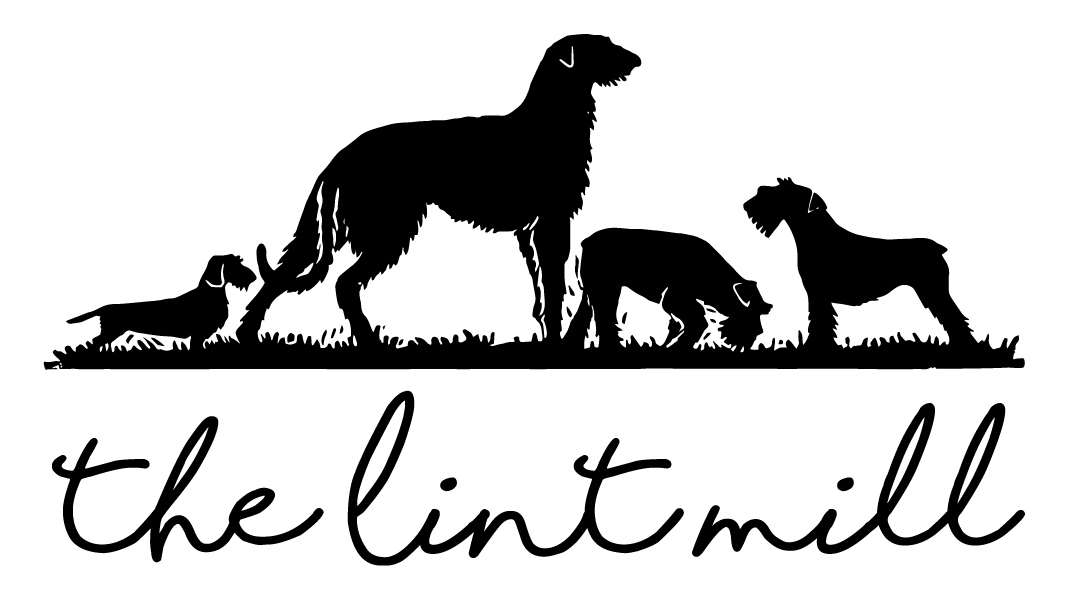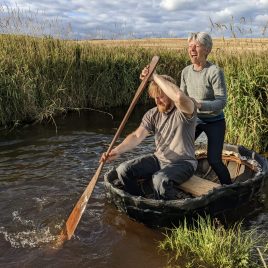
Gladstone Ace
Building our flock of Hebridean sheep has been on the agenda for a while now. Our visit to Wester Gladstone today was the start of that process.
When we bought our first Hebridean sheep two years ago we were really impressed with Gordon and Juliet’s philosophy of breeding for the diversity of type that is characteristic of Hebridean sheep. They recommended we read ‘Black Sheep of Windemere’, as this is the definitive book on Hebridean sheep written by David Kinsman. It traces the history and origins and the remarkable survival of Hebridean sheep from near extinction. The book is full of images of what Hebridean sheep originally looked like. Gordon and Juliet say on their informative website www.scothebs.co.uk,
‘Over the years, relentless selection for 2 horned sheep, whilst producing some stunning animals for the show ring, has resulted in sheep like these becoming incredibly rare…At Wester Gladstone, we are desperately trying to keep the original type of sheep alive.’
We were keen to have a flock that had these primitive characteristics, not being very interested in the conformity of the show ring, so we bought three registered Hebridean ewe lambs from Gordon and Juliet in 2010, Gladstone Aven (known as Cora at home), Gladstone Orrin (Bonnie) and Gladstone Iorsa Silver (Morag).
Today, Juliet carefully examined the flock records and pedigree papers to decide which tups would be suitable for which ewes. Wester Gladstone use 5 or 6 different tups, each with a small group of ewes, every tupping season. This ensures that they maintain genetic diversity within the flock and avoid interbreeding. After some deliberation, it was decided that we would use Gladstone Ace, a fabulous young 4 horned tup for Cora and Gladstone Tam Linn, a 2 horned tup, for Bonnie and Morag. We headed out to the field to see the boys and I took the above photo of Gladstone Ace.
We are calling back tomorrow to finalise arrangements and I will post a photo of Gladstone Tam Linn with his magnificent two, huge, curly horns after our visit.



